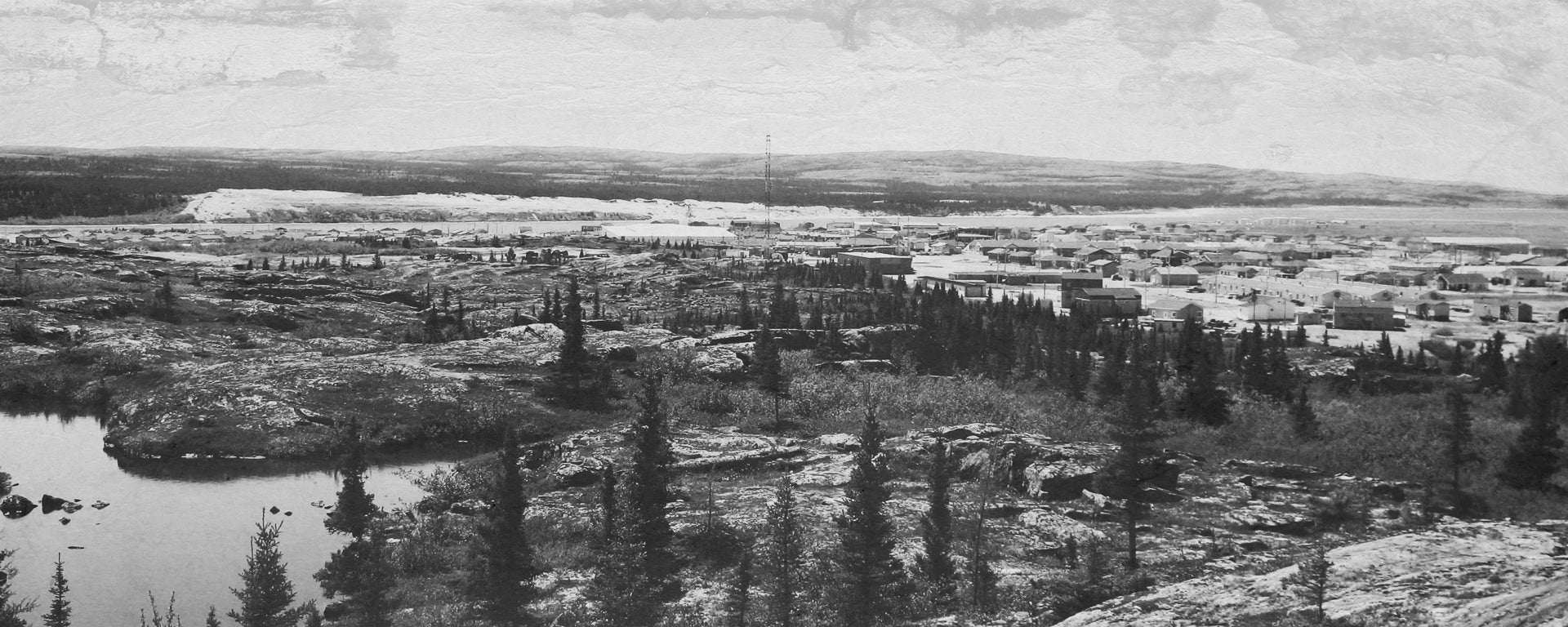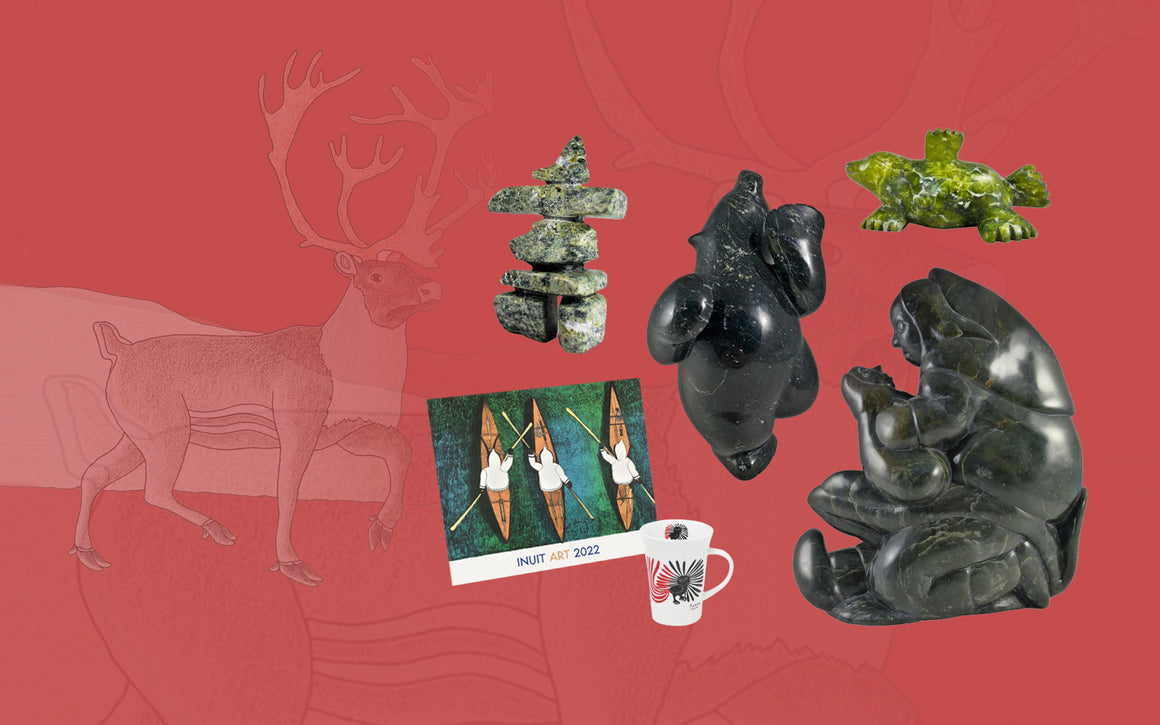
The Connie Suite story
On April 27th 1971 at 1027 am, I arrived in Great Whale River Quebec for a new adventure as an outpost nurse. Wearing a sleeveless white dress, city shoes (not high heels) and carrying a purse, I was greeted by a short Cree gentleman called John, bundled up in a parka with the fur trimmed hood pulled tightly around his head, thick embroidered mitts up to his elbows, snow pants and heavy boots. The airlines provided a blanket for me to scurry in the blowing snow to the green Willys jeep that John said he had kept running for several hours in order to be warm enough for the new nurse! Once inside the “Nursing station” John said he would go back for the luggage. It occurred to me that, given such a cold introduction, this may not be the ideal job for me but I was determined to survive (at least until I had enough money to leave again) So he went for the luggage.
Some years prior to this new adventure the same scenario occurred in Hawaii…..i.e. applied for a nursing job and got a one way ticket to Honolulu …. A place that was equally strange but unbearably hot.
This time, as I pondered the cold, blowing snow and frozen salt water of Hudson Bay, I remembered and wondered why my high school geography teacher taught us that salt water doesn’t freeze! Hmmm?
That was on April 27th 1971.
Fast forward to Sept 19th 2017:
On this day I met a curator for native art museum (from Quebec City) in Toronto where I transferred nine boxes of Inuit artifacts that were all acquired from Great Whale River (now called Kuujuuarapik) and including purchases, mementoes and many gifts from the Inuit of North Camp and South Camp in the Belcher Islands now the community of Sanikiluaq (approx. 150 km from the shores of Great Whale River)
Many of the soapstone sculptures in my collection are from the Belchers where argillite is native to these Islands making them a rare and treasured collection. Others are from a variety of soapstone purchased and carved by the residents on consignment through a local Co=operative store for resale or sold to teachers and other visitors in the community. There are a few carvings from students as well who chose to sell or give their art to their teachers.
The baskets, made of lyme grass with seal skin designs are also rugged, unique and expertly manufactured. There is an especially large one that I requested be made for my teacher- husbands’ desk as an in/out basket for his papers. When it was delivered I found it bigger than usual, and had a firm fitting lid with a soapstone handle. When I asked why it had a lid she replied “so his papers won’t blow away.”
There are more than 200 pieces that traveled to Quebec City today including
Prints by Henry Napartuk… some of the stone cut style and others depicting the transition to the silk screen method and a few crumpled ones in between depicting his frustration with transitioning to the new system. On a home visit I rescued the crumpled prints and tried to frame them for protection. Henry also made several small ivory and / or stone carvings and gave them to my children as gifts during their home visits with their Inuit nanny.
-the tooth of a polar bear on a piece of sinew given to me for good luck
-miniature ivory characters on a cariboo antlers depicting a dog team and hunters traversing the tundra
-soapstone sculptures of a Kayak from the Islands with the hunters gently balanced between the severed body parts of a seal or whale.
There is a significant difference between the sculpture of the Islands and that of the mainland Inuit. The stone carvings from the Belchers depict peace and harmony with very positive themes. The animals and birds are anatomically precise, with eyes open depicting a satisfied state of being.
The Belcher Islands can only be accessed by water in summer using boats or amphibious chartered aircraft, and by air in winter when the Bay is frozen sufficiently to allow a small aircraft to land on the ice or by snow machine I would only charter an aircraft to North camp to attend to the medical and community health needs of the community members and then travel to South camp as needed by snow machine. I almost always included the Anglican minister on my medical missions to the Belchers so that he could do marriages and baptisms in the little church (and I could do my clinic on the back pew). He claimed that doing the weddings first and then baptizing the infants afterwards saved on the paperwork. The Inuit who wanted to see the nurse would often come from South camp on their own and use the opportunity to purchase supplies from the Hudson Bay out post store. The manager of the store was also the “lay dispenser” who dealt with all the medical needs of the people in between my sporadic visits. This was a very irregular schedule totally dependent on weather and aircraft availability. We communicated on a regular basis by radio telephone.
The Inuit carvers of “GWR” would always request and hope for virgin pieces of soapstone on my return. I never refused and would also include arctic char for my family. Once the stone was shared among the artists they would study the pieces for long hours to see what design was in the stone.
My children consumed so much fish in their early years that they often called the char “fishagain”. The post office bags were the best packaging for transporting both the stone and the fish.
One of the more serious medical issues on the Belchers as well as in GWR was Tuberculosis and the management of the drug regime outlined to control the spread. Newly diagnosed Inuit would be sent to the Indian Health Services Hospital in Moose Factory and would stay for several months. In order to
alleviate their boredom I would send them the raw stone and a few tools from home to carve while in hospital. They were provided with an airy space on the ground floor where men and women would sit on the floor and quietly carve to their hearts content. The LOCUM staff would then have on occasion the opportunity to purchase a souvenir sculpture from time to time.
A precious memento of their life and service among the Inuit.
Nakumik.
- Connie Suite, 2018




